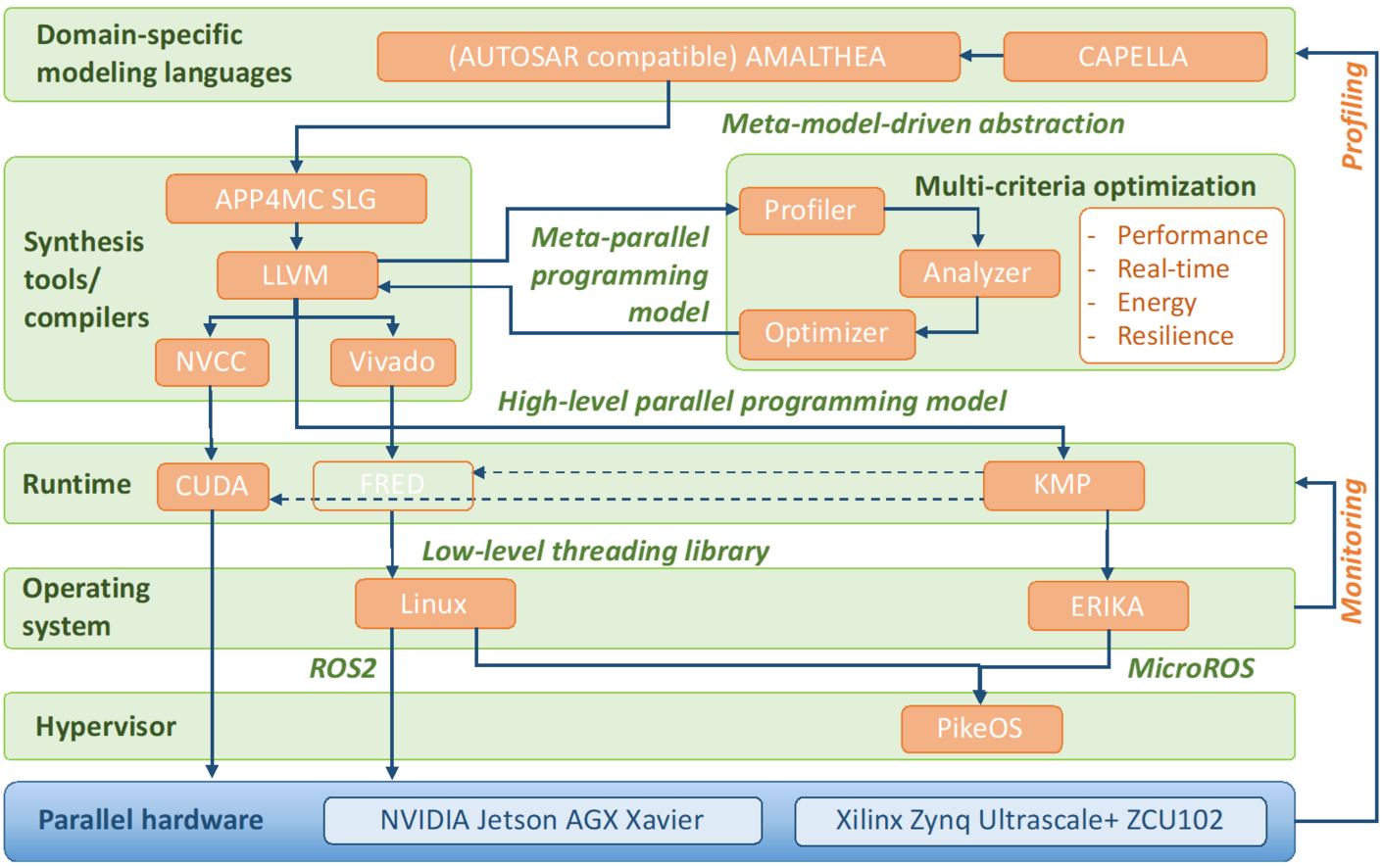The AMPERE project provides a leap forward in the cyber-physical computing domain by enabling HPC parallel programming models to offer a faster and more reliable and resource-efficient development and deployment of systems, like rail and automotive. The applications of the AMPERE software framework could potentially revolutionize a wide array of industries that require the use of sophisticated parallel and heterogeneous computing technologies” says Eduardo Quiñones, AMPERE coordinator and Group Leader of the Predictable Parallel Computing Group at the Barcelona Supercomputing Center.
Article Translations
-
Previous
-
Next



 Twitter
Twitter LinkedIn
LinkedIn Facebook
Facebook Reddit
Reddit RSS
RSS Copy link
Copy link